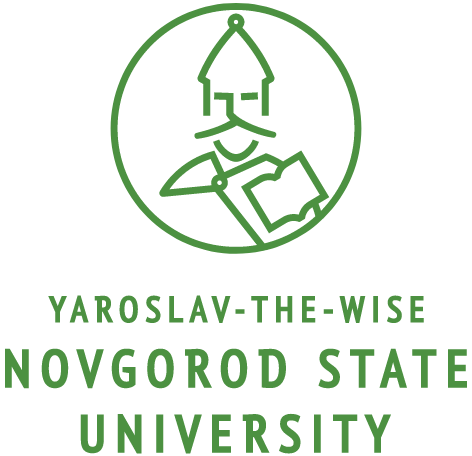On accommodating structures and more
DOI:
https://doi.org/10.34680/VERBA-2023-2(7)-50-65Keywords:
accommodating sentences, syntaxeme, anaphora, stapleAbstract
The grammatical descriptions of Russian relatively extended compound sentences with an accommodating meaning are analysed, their characteristics in the existing literature are specified. The specificity of the syntactic connection in such sentences is considered on the basis of three components – the content of the main part, the relative что and its syntactical position in the subordinate part. It has been found that the syntaxemic connection between these components is multi-layered and asymmetric, and its regulator is the что relative, which serves as a tool, on the one hand, having semantic breadth to accommodate multiple and diverse content, and on the other hand, having grammatical flexibility to embed the contained meaningful volume into the position of any participant in a typical situation, named in the subordinate part. By its anaphoric and accommodating meaning, the relative что is an indicator of the case relation of the predicate unit, i.e. a kind of “inflection” of the main part, to the same extent as the correlative pronoun то acts as an “inflection” of the subordinate part in the accommodating constructions, with the difference that relative что is anaphoric and refers to the already named antecedent, whereas то is cataphoric and its accommodating meaning is directed to the harbinger, the postcedent. For the denotative level of a compound sentence, it is important what syntaxemes the correlative and relative pronouns are, what relations they form and in what combinations they form the staple that connects the parts of a compound sentence together. A part of the inventory of staples in relatively extended sentences is demonstrated and the ways in which they are formed and replenishment in the Russian language are shown.
Downloads
Downloads
Published
How to Cite
Issue
Section
License
Copyright (c) 2023 Verba

This work is licensed under a Creative Commons Attribution-NonCommercial 4.0 International License.








